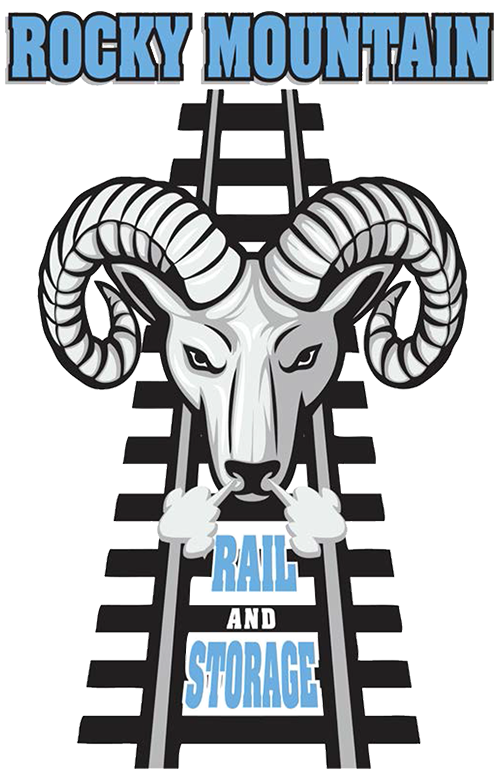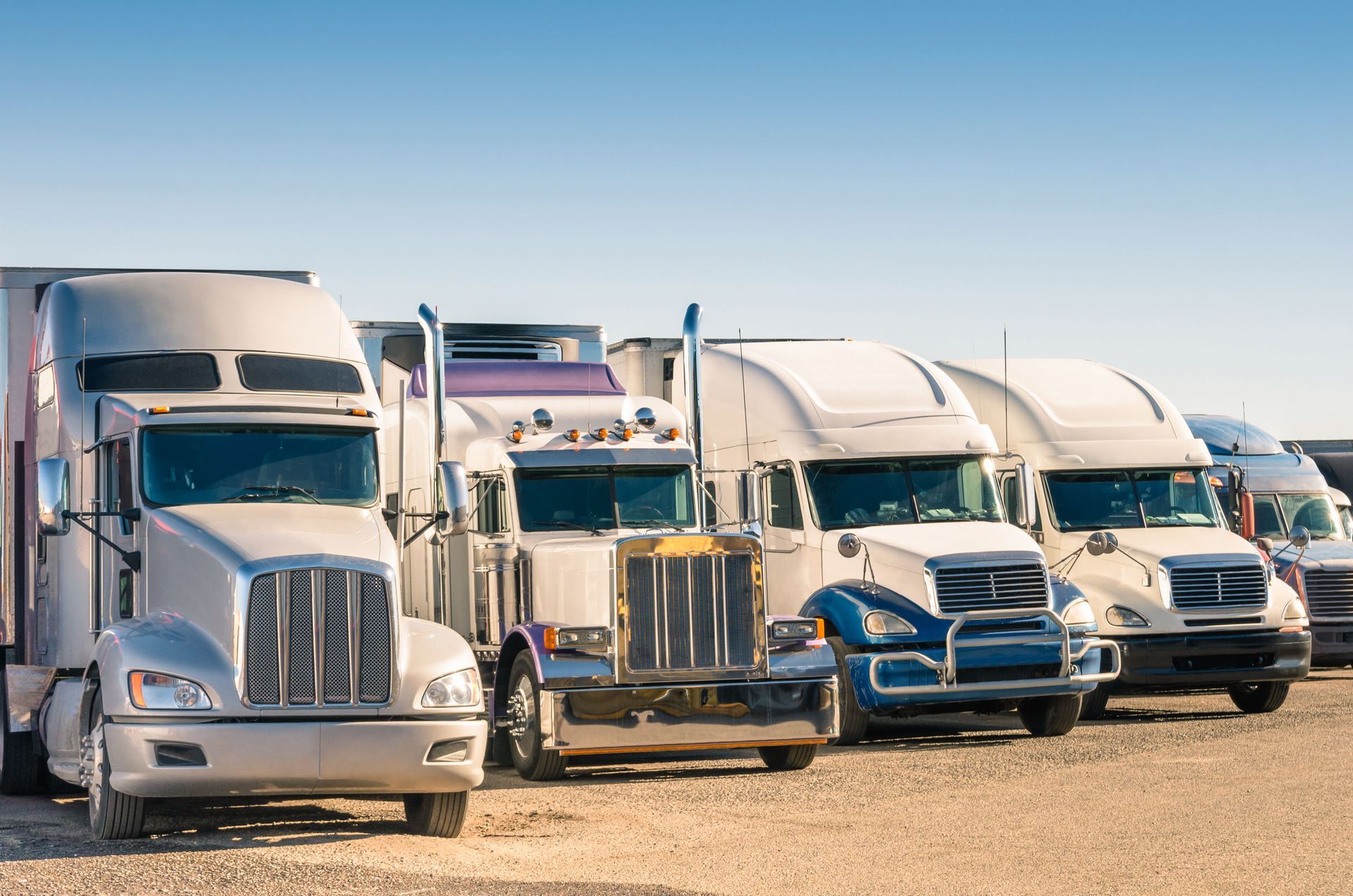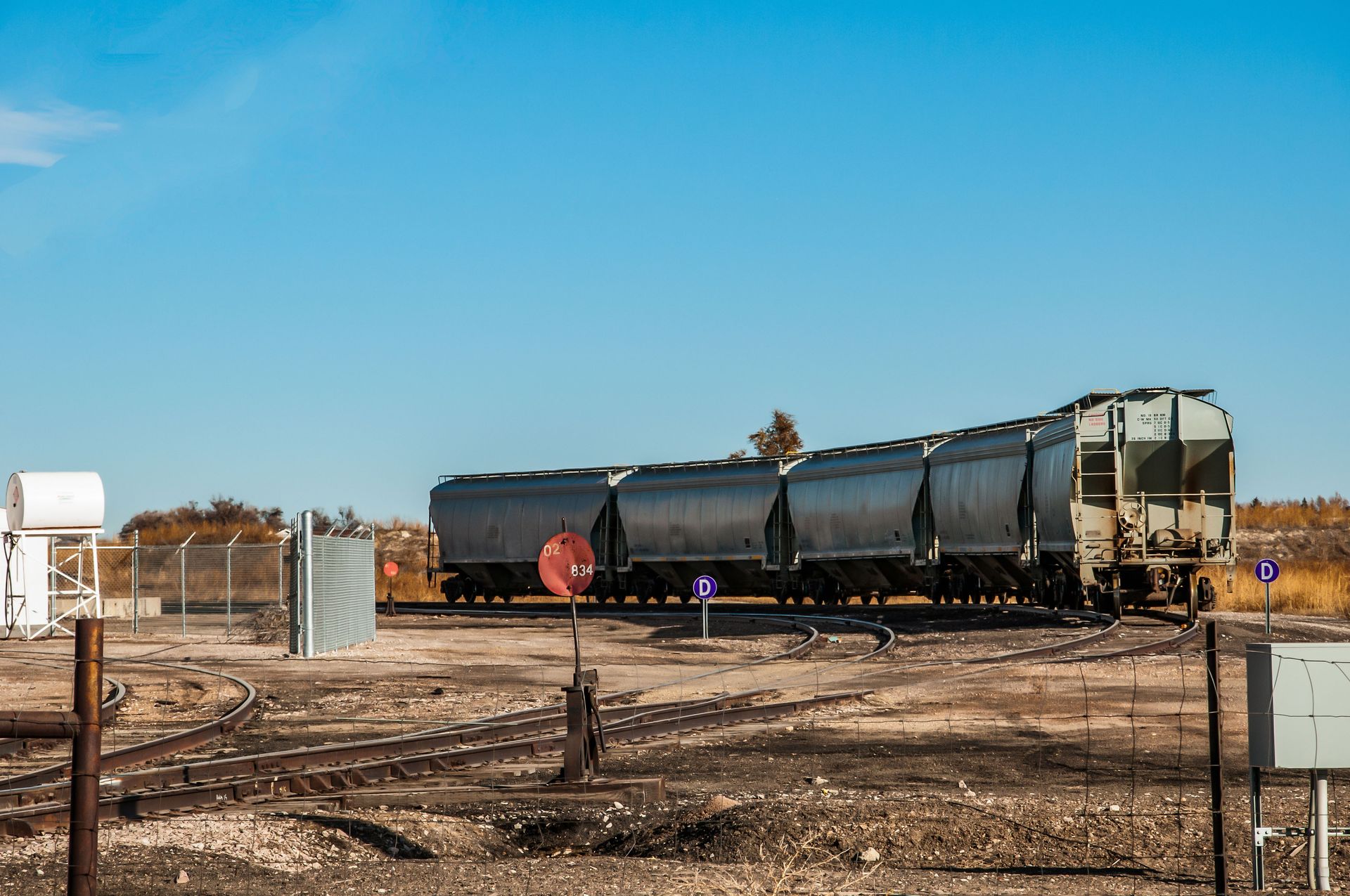Cameo, DeBeque, CO
What Is the Difference Between Cross Docking and Transloading?
Efficient transportation is the backbone of any modern economy. According to the United States Department of Transport, the United States Department of Federal Highway Administration has nearly 12 million vehicles, rail cars, locomotives, and ships that convey goods across the transportation network. With so many vehicles, the supply chain can get complicated very quickly. It can be difficult to distinguish between transloading and cross docking in the supply chain. Despite the differences in approaches, both contribute to reducing supply chain costs. In both cross docking and transloading services, the product is handled and delivered to several locations in a different truck or container than the one used for the inbound shipment.
Transloading
Container freight is moved between loading units with transloading services. It often takes place at a facility near a port terminal when a container is transloaded. When a domestic container or truckload is ready, a container will be brought into the plant and switched over. As many 20-foot or 40-foot ocean containers are floor loaded, the merchandise is frequently palletized at the facility. By converting from a container to a truck, inventory and transportation costs can be reduced, but delays at the port, damage, and theft remain a problem. When commodities need to be processed and stored before being properly transferred, transloading is utilized for intermodal transportation. The best applications for transload services include international, overseas, and cross-country shipments.
Cross Docking
Cross docking services entail putting supplies or items directly onto another truck for delivery after being removed from a vehicle or container. Things are positioned close to the dock doors to wait for loading instead of being put away. As a result, there is little to no storage required, and the turnaround time between receipt and transportation is typically under 24 hours. Three-party logistics providers, carriers, and shippers must work well together to coordinate this quick turnaround. Electronic feeds are required to convey information about the inbound load's contents, arrival date, and pick-up time. The advantages of a cross-dock strategy are negated by inefficient supply chains and delays caused by inaccurate and timely data. Cross-docking is the process of unloading incoming freight from one vehicle, storing it in a terminal or warehouse for a brief amount of time, and then loading it onto another truck for outbound transport.
Cross-docking and transloading are two logistics services that can be advantageous for organizations, particularly those that employ a third-party warehouse. Get in touch with Rocky Mountain Rail and Storage LLC to find out more about how cross-docking and transloading in our conveniently located warehouse can help your business.
Member of the Local Chamber of Commerce





Share On: